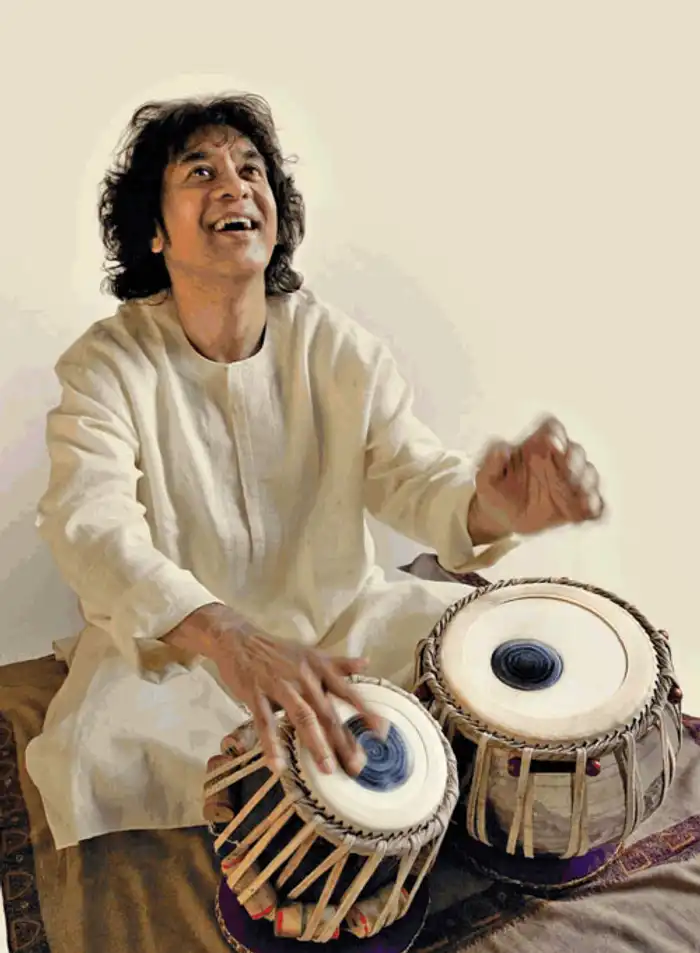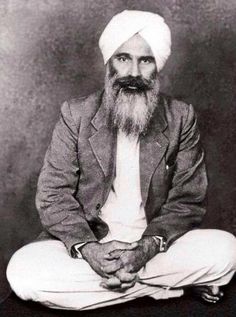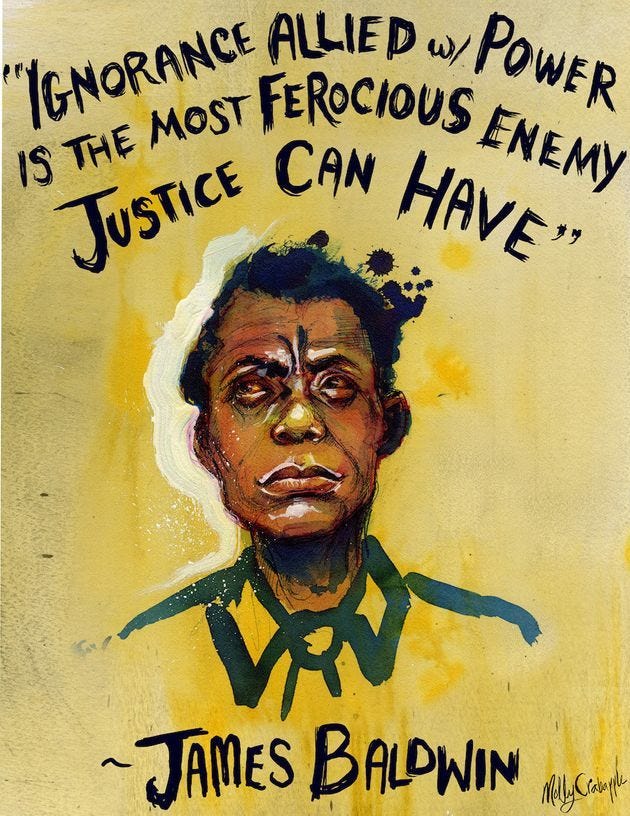Blog
Ludwig van Beethoven (baptised 17 December 1770 – 26 March 1827) was a German composer and pianist. He is one of the most revered figures in the history of Western music; his works rank among the most performed of the classical music repertoire and span the transition from the Classical period to the Romantic era in classical music. His early period, during which he forged his craft, is typically considered to have lasted until 1802. From 1802 to around 1812, his middle period showed an individual development from the styles of Joseph Haydn and Wolfgang Amadeus Mozart, and is sometimes characterised as heroic. During this time, Beethoven began to grow increasingly deaf. In his late period, from 1812 to 1827, he extended his innovations in musical form and expression.
Born in Bonn, Beethoven displayed his musical talent at a young age. He was initially taught intensively by his father, Johann van Beethoven, and later by Christian Gottlob Neefe. Under Neefe’s tutelage in 1783, he published his first work, a set of keyboard variations. He found relief from a dysfunctional home life with the family of Helene von Breuning, whose children he loved, befriended, and taught piano. At age 21, he moved to Vienna, which subsequently became his base, and studied composition with Haydn. Beethoven then gained a reputation as a virtuoso pianist, and was soon patronised by Karl Alois, Prince Lichnowskyfor compositions, which resulted in his three Opus 1 piano trios (the earliest works to which he accorded an opus number) in 1795.
Beethoven’s first major orchestral work, the First Symphony, premiered in 1800, and his first set of string quartets was published in 1801. Despite his advancing deafness during this period, he continued to conduct, premiering his Third and Fifth Symphonies in 1804 and 1808, respectively. His Violin Concertoappeared in 1806. His last piano concerto (No. 5, Op. 73, known as the Emperor), dedicated to his frequent patron Archduke Rudolf of Austria, premiered in 1811, without Beethoven as soloist. He was almost completely deaf by 1815, and he then gave up performing and appearing in public. He described his problems with health and his unfulfilled personal life in two letters, his Heiligenstadt Testament (1802) to his brothers and his unsent love letter to an unknown “Immortal Beloved” (1812).
After 1810, increasingly less socially involved as his hearing loss worsened, Beethoven composed many of his most admired works, including later symphonies, mature chamber music and the late piano sonatas. His only opera, Fidelio, first performed in 1805, was revised to its final version in 1814. He composed Missa solemnis between 1819 and 1823 and his final Symphony, No. 9, the first major example of a choral symphony, between 1822 and 1824. Written in his last years, his late string quartets, including the Grosse Fuge, of 1825–1826 are among his final achievements. After several months of illness, which left him bedridden, he died on 26 March 1827 at the age of 56.
more...John Laird Abercrombie (December 16, 1944 – August 22, 2017 Port Chester, NY) was an American jazz guitarist. His work explored jazz fusion, free jazz, and avant-garde jazz. Abercrombie studied at Berklee College of Music in Boston, Massachusetts. He was known for his understated style and his work with organ trios.
He took guitar lessons at the age of ten, asking his teacher to show him what Barney Kessel was playing. After high school, he attended Berklee College of Music. At Berklee, he was drawn to the music of Jim Hall, the 1962 album The Bridge by Sonny Rollins, and Wes Montgomery on his albums The Wes Montgomery Trio (1959) and Boss Guitar (1963). He cites George Benson and Pat Martino as inspirations. He often played with other students at Paul’s Mall, a jazz club in Boston connected to a larger club, Jazz Workshop. Appearing at Paul’s Mall led to meetings with Michael Brecker, Randy Brecker, and organist Johnny Hammond Smith, who invited him to go on tour.
Abercrombie graduated from Berklee in 1967 and attended North Texas State University before moving to New York City in 1969. Before becoming a popular session musician, he joined Monty Stark’s band, Stark Reality, in 1969 and recorded several sides including Stark Reality Discovers Hoagy Carmichael’s Music Shop. Abercrombie went on to record with Gato Barbieri in 1971, Barry Miles in 1972, and Gil Evans in 1974. In 1969 he joined the Brecker Brothers in the jazz-rock fusion band Dreams. He continued to play fusion in Billy Cobham‘s band, but found that he disliked its focus on rock over jazz. Nonetheless his reputation grew with the popularity of both Cobham and Dreams. The band shared billing with such acts as the Doobie Brothers, but Abercrombie found his career taking an unwanted direction. “One night we appeared at the Spectrum in Philadelphia and I thought, ‘What am I doing here?’ It just didn’t computer.
more...John Robert “Johnny Hammond” Smith (December 16, 1933 – June 4, 1997 Louisville, KY) was an American soul jazz and hard bop organist. Born in Louisville, Kentucky, he was a renowned player of the Hammond B-3organ so earning “Hammond” as a nickname, which also avoided his being confused with jazz guitarist Johnny Smith though this could lead to him being confused with Jimmy Smith (musician), another Hammond great.
Smith played with Paul Williams and Chris Columbo before forming his own group. His bands featured singers Etta Jones, Byrdie Green, saxophonists Houston Person, Earl Edwards, guitarists Eddie McFadden, Floyd Smith, James Clark, vibist Freddie McCoy. His career took off as he was serving as accompanist to singer Nancy Wilson. One of his last accomplishments also included Nancy Wilson. He wrote the song “Quiet Fire” for her Nancy Now! release in 1988.
more...Zakir Hussain Death: Tabla maestro Zakir Hussain has died aged 73. The four-time Grammy winner was admitted to a hospital in San Franciso, California for the last two weeks after he complained of heart-related ailments. Flautist Rakesh Chaurasia had confirmed that his condition was critical. Reports have now surfaced that he is no more.
Zakir Hussain: The musician who took tabla to the global stage
The 73-year-old US-based musician has been credited with taking the tabla to the global stage. The eldest son of legendary tabla player Allah Rakha, Hussain followed in the footsteps of his father, becoming a marquee name in India and across the world. Hussain received four Grammy Awards, from seven nominations in his career. He won three at the 66th Grammy Awards earlier this year. In his career spanning six decades, the musician has worked with several renowned international and Indian artistes, but it was his 1973 musical project with English guitarist John McLaughlin, violinist L Shankar, and percussionist TH Vikku Vinayakram that brought together Indian classical and elements of jazz in a fusion hitherto unknown.

When we meditate, our soul comes in contact with the vibrating principle of God, the current of Light and Sound.” – Sant Rajinder Singh

Charles Daniel Richmond (December 15, 1931 – March 16, 1988) was an American jazz drummer who is best known for his work with Charles Mingus. He also worked with Joe Cocker, Elton John and Mark-Almond.
Richmond was born Charles Daniel Richmond on December 15, 1931, in New York City and grew up in Greensboro, North Carolina. He started playing tenor saxophone at the age of thirteen, and went on to play R&B with the Paul Williams band in 1955.
His career took off when he took up the drums, which he had taught himself to play in his early twenties, through the formation of what was to be a 21-year association with Charles Mingus. Mingus biographer Brian Priestley writes that “Dannie became Mingus’s equivalent to Harry Carney in the Ellington band, an indispensable ingredient of ‘the Mingus sound’ and a close friend as well”.
That association continued after Mingus’ death when Richmond became the first musical director of the group Mingus Dynasty in 1980.
He died of a heart attack in Harlem on March 16, 1988, at the age of 56.
more...NGC 1569 is a dwarf irregular galaxy in Camelopardalis. The galaxy is relatively nearby and consequently, the Hubble Space Telescope can easily resolve the stars within the galaxy. The distance to the galaxy was previously believed to be only 2.4 Mpc (7.8 Mly). However, in 2008 scientists studying images from Hubble calculated the galaxy’s distance at nearly 11 million light-years away, about 4 million light-years farther than previously thought, meaning it is a member of the IC 342 group of galaxies.

more...
Carmine Appice (born December 15, 1946 NY,NY) is an American rock drummer. He is best known for his associations with Vanilla Fudge; Cactus; the power trio Beck, Bogert & Appice; Rod Stewart; King Kobra; and Blue Murder. He is also Vinny Appice‘s older brother. Appice was inducted into the Classic Drummer Hall of Fame in 2014 and the Modern Drummer Hall of Fame in 2014. He is also a more than capable (fretless-) bass player, as can be heard on the “Guitar Zeus” albums, for example.
His best-selling drum instruction book The Realistic Rock Drum Method. was first published in 1972 and has since been revised and republished as The Ultimate Realistic Rock Drum Method. It covers the basic subjects of rock rhythms and polyrhythms, linear rudiments and groupings, shuffle rhythms, hi-hat and double bass drum exercises. Appice has claimed that he influenced John Bonham‘s use of bass drum triplets.
more...Eddie Palmieri (born December 15, 1936) is an American Grammy Award-winning pianist, bandleader, musician, and composer of Corsican and Puerto Rican ancestry. He is the founder of the bands La Perfecta, La Perfecta II, and Harlem River Drive.
In 1961, Palmieri founded the band Conjunto La Perfecta, which featured singer Ismael Quintana. Apart from the big bands, at the beginning of the decade the Pachanga was the Latin dance craze. Essential to the Charanga style is the five key wooden flute and at least two violins. Palmieri decided to replace the violins with two trombones for a heavier sound.
Two key elements to the ‘Palmieri’ sound were trombonist Barry Rogers as well as guitarist Bob Bianco with whom Palmieri studied the advanced harmonic concepts of Russian music theoretician Joseph Schillinger. Rogers would also expose Palmieri to the work of then John Coltrane pianist McCoy Tyner whose use of chord voicings in fourths became a signature of Palmieri’s sound. Rogers alongside Brazilian-born José Rodrígues were also responsible for many of the ‘head’ arrangements, mambos and moñas that the band employed in live performances and eventually recorded. George Castro (flute), Manny Oquendo (bongó and timbales), Tommy López (conga) and Dave Pérez (bass) rounded out the group. To this day, the group is known as one of the swingingest, most danceable, innovative and influential groups of that period.[4]
Palmieri experimented by employing a jazz aesthetic both in live performance and on his recordings based on the Cuban “descarga” (jam session) concept. He “opened up” the arrangements by featuring his band members as soloists. In addition he began incorporating a newly developed post Castro Cuban rhythm known as mozambique. Lo Que Traigo Es Sabroso (What I Bring is Tasty) and Mozambique are just two examples of his use of this rhythm. Discontent among several members and seeking a bigger and punchier sound, Palmieri disbanded the band in 1968 reforming it with legendary Cuban trumpeter Alfredo “Chocolate” Armenteros, timbalero Nicky Marrero, conguero Eladio Perez, bongocero Tomas ‘Choki” Lopez, and bassist Andy Gonzalez.
more...Golden “Big” Wheeler (December 15, 1929 – July 20, 1998) was an American Chicago blues and electric blues singer, harmonicist and songwriter. He released two albums in his lifetime and is best known for his recordings of the songs “Damn Good Mojo” and “Bone Orchard”. He worked with the Ice Cream Men and Jimmy Johnson. He was the brother of the blues musician James Wheeler.
He was born Golden Wheeler in Baconton, Georgia. He left Georgia in 1941 and settled in Chicago, Illinois, in July 1954, where he befriended Little Walter. His enthusiasm for playing the harmonica began when he was working as a taxicab driver. One of his regular customers was the harmonica player Buster Brown, who later had a hit record with “Fannie Mae“, in 1960. Wheeler fronted his own band by 1956, although he was a part-time musician, working for years as an auto mechanic to supplement his income and provide for his family.
more...Curtis DuBois Fuller (December 15, 1932 – May 8, 2021 Detroit, MI) was an American jazz trombonist. He was a member of Art Blakey‘s Jazz Messengers and contributed to many classic jazz recordings.
Fuller joined the U.S. Army in 1953 to fight in the Korean War. He served until 1955, and played in an army band with Chambers and brothers Cannonball and Nat Adderley. Upon his return from military service, Fuller joined the quintet of Yusef Lateef, another Detroit musician. The quintet moved to New York in 1957, and Fuller recorded his first sessions as a leader with Prestige Records.
Alfred Lion of Blue Note Records first heard Fuller playing with Miles Davis in the late 1950s. Fuller led four dates for Blue Note, though one of these, an album with Slide Hampton, was not issued for many years. Lion featured Fuller as a sideman on record dates led by Sonny Clark (Dial “S” for Sonny, Sonny’s Crib) and John Coltrane (Blue Train). Other sideman appearances over the next decade included album work under the leadership of Bud Powell, Jimmy Smith, Wayne Shorter, Lee Morgan and Joe Henderson (a former roommate at Wayne State University in 1956).
Fuller was the first trombonist to be part of the Art Farmer–Benny Golson Jazztet. In 1961, he became the sixth member of Art Blakey‘s Jazz Messengers and stayed with Blakey until 1965. In the early 1960s, Fuller recorded two albums as a leader for Impulse! Records, having also recorded for Savoy Records, United Artists, and Epic after his obligations to Blue Note had ended. In the late 1960s, he was part of Dizzy Gillespie‘s band that also featured Foster Elliott. Fuller went on tour with Count Basie and also reunited with Blakey and Golson.
more...Barry Doyle Harris (December 15, 1929 – December 8, 2021 Detroit, MI) was an American jazz pianist, bandleader, composer, arranger, and educator. He was an exponent of the bebop style.Influenced by Thelonious Monk and Bud Powell, Harris in turn influenced and mentored bebop musicians including Donald Byrd, Paul Chambers, Curtis Fuller, Joe Henderson, Charles McPherson, and Michael Weiss.
Harris performed with Cannonball Adderley‘s quintet and on television with them. After moving to New York City, he worked as an educator and performed with Dexter Gordon, Illinois Jacquet, Yusef Lateef and Hank Mobley. Harris was a sideman on Lee Morgan’s famous album The Sidewinder and returned to recording as leader following his move to New York.
more...More Posts
- Joe Chambers Day
- Clifton Chenier Day
- Johnny Smith Day
- World Music with Haig Yazdjian
- Daily Roots with Peter Tosh
- Your Community Band 6-24-18 2pm
- The Cosmos with NGC 7098
- Jeff Beck Day
- Lester Williams Day
- Terry Riley Day
- World Music with George Abdo
- Daily Roots with Damian Marley and Nas
- Geoffrey Oryema Ugandan musician Passes
- The Cosmos with IC 2631
- George Russell Day
- Milt Hinton Day
- World Music with Mustapha Tettey Addy
- Daily Roots with Turbulence
- The Cosmos with NGC 4565
- Kris Kristofferson Day


